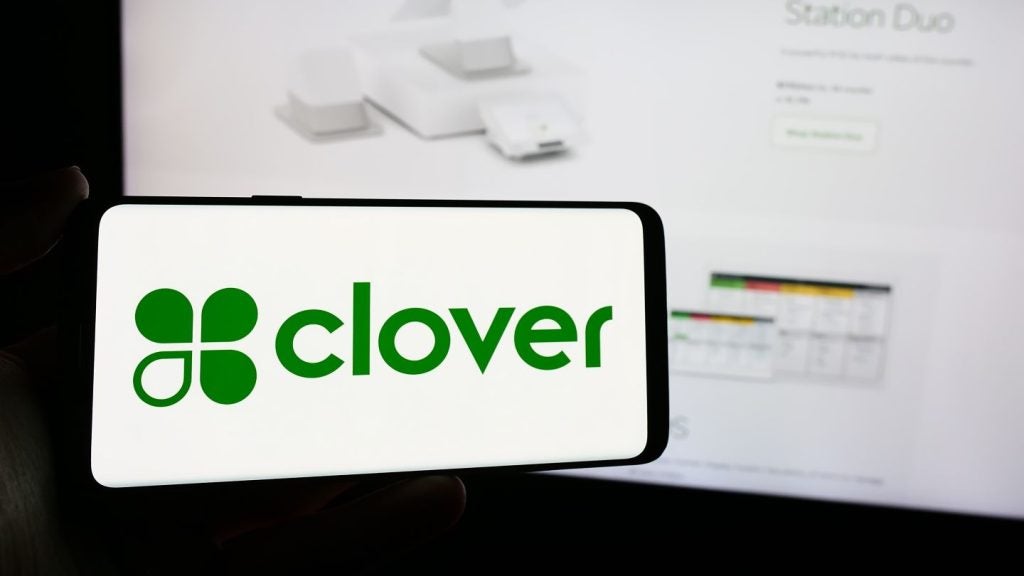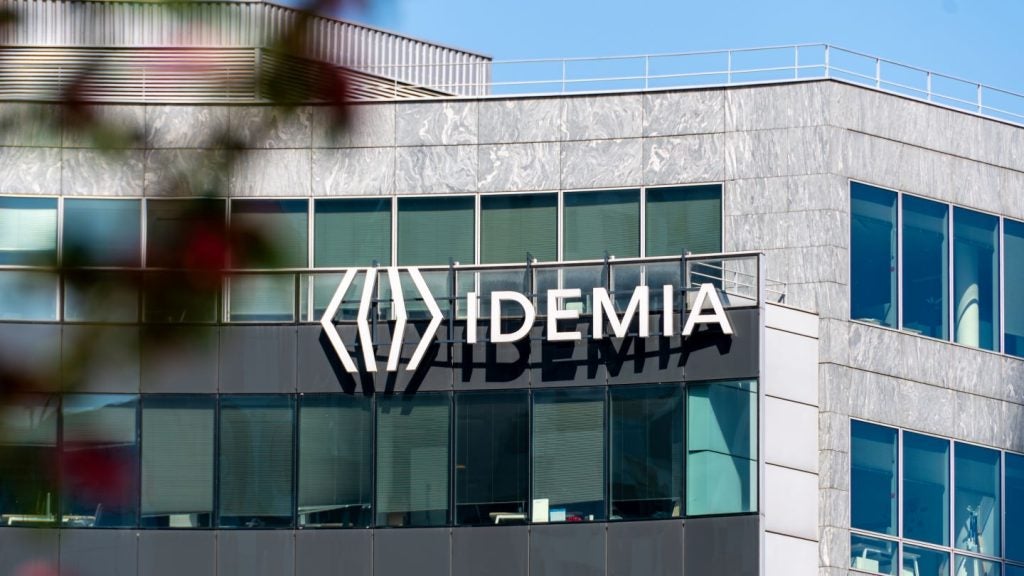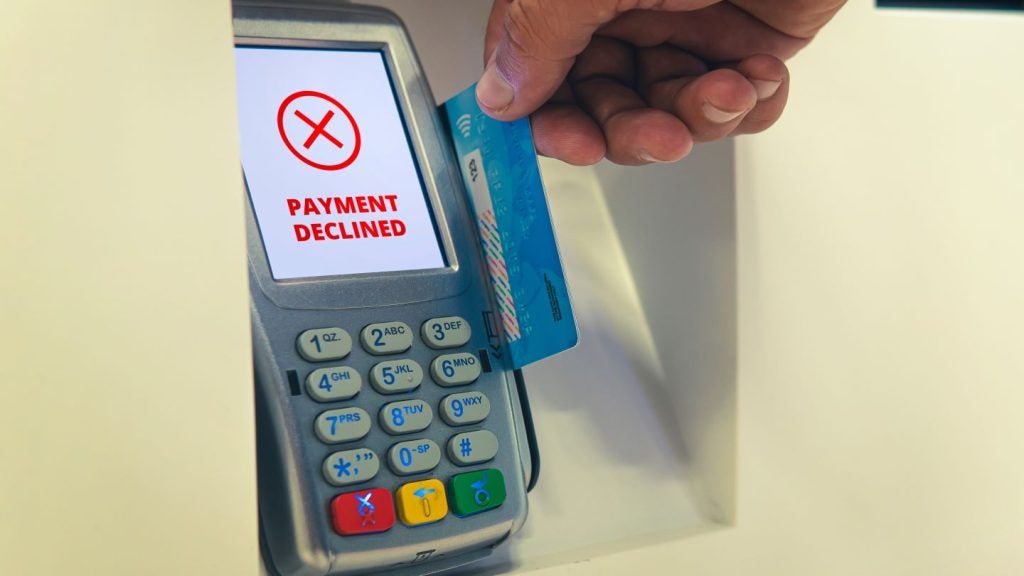Fintech startup BTL Group sees major opportunities for the blockchain in removing inefficiencies in inter-bank payments and settlement, effectively bypassing the notoriously slow, laborious and costly process of using intermediaries. Robin Arnfield takes a closer look at the business and its key concepts
The blockchain is a distributed ledger which enables two parties to engage in financial transactions without involving a trusted third-party intermediary, as is necessary with traditional transactions, says Canadian fintech startup BTL (Blockchain technology Ltd) Group.
It argues that blockchain technology will enable financial institutions to make significant savings “by removing the need for third-party intermediaries which add time, direct costs and risk to each settlement, and reducing settlement from three days to 10 minutes”.
“Using the blockchain in the wholesale part of a bank to do settlement can be very effective, as it is slow and laborious using intermediaries for transferring money between banks,” says Christie Christelis, president and CEO of Canada-based Technology Strategies International.
“The blockchain is vast in terms of its scope as it is an enabling technology, and we haven’t scratched the surface of where it can be used.”
Interbit
Founded in 2015, BTL went public on the Toronto Stock Exchange Venture Exchange in November 2015, making it Canada’s first publicly traded blockchain technology firm. It has a software development office in Vancouver and a business development office in Canary Wharf, London.
BTL has developed the Interbit cross-border settlement platform, which can be used for multiple industries including energy trading, banking and insurance.
Interbit was initially based on Ethereum, a blockchain-based public distributed computing platform for smart contracts – computer protocols enabling contracts to be executed automatically without the need for third parties such as lawyers to verify or enforce them. However, BTL decided to build Interbit entirely using its own software resources.
“We had worked with some open-source solutions in the past like Ethereum,” says Guy Halford-Thompson, BTL’s CEO.
“But, for us to go after the FIs, we needed a platform that was very scalable and enabled us to strictly control privacy within the network. We couldn’t find anything in the blockchain space that would allow us to scale up and also lock down data so no-one could see the transactions going on.
“Interbit is built with privacy, security and scalability in mind so that we can scale to the FIs’ needs – they are sending many tens of thousands of transactions per second.”

BTL does not operate its own blockchain network, unlike Ripple which has built a blockchain-based real-time gross settlement network currently being tested by R3’s consortium of international banks.
Instead, Interbit member banks license BTL’s application programming interface and run individual nodes and broadcast transactions to their own network, using smart contracts for multilateral netting and clearing and for multilateral credit limits.
“Our privacy rules enable us to restrict the private data to a specific network for the banks that are creating and using that data,” says Halford-Thompson.
“Our member banks run private blockchain networks that they control, whereas, if you want to use Ripple, you have to join their global network.”
Regulators have read-only, real-time access to Interbit transactions to monitor risk, BTL says. Interbit can be used for cross-border and cross-currency bank-to-bank payments and settlement, correspondent banking, P2P and B2B remittances, and micro- and macro-payments. BTL says Interbit combines messaging, clearing and settlement with automated AML reporting and straight-through processing.
Projects
“We are doing a few projects with Canadian banks, and we have partners that are working with Canadian banks,” says Halford-Thompson, “but we can’t disclose names of banks we are working with.
“Most of our focus is in Europe through our office in London, and the financial projects we are doing in the UK are our lead projects at the moment. Fintech-wise, London is ahead of Canada.”
BTL has a consumer-facing business through XapCash, the blockchain-based remittance operation which it bought in March 2016 and which is currently testing P2P remittances from Canada to the Philippines via Interbit. However, BTL’s real focus is on licensing its Interbit platform to large companies, says Halford-Thompson.
“The reason we initially focused on remittances is that, when we started in 2015, the banks weren’t yet interested in the blockchain,” he says.
“We are now doing a lot of proof-of-concept projects to help larger companies understand how the blockchain can apply to their industry. Our business model is to charge banks a fee to license and use Interbit with their partner banks.”
Halford-Thompson says BTL is careful not to claim that Interbit is a replacement for SWIFT. “We see it is an alternative for certain use specific use cases, but SWIFT is going to be around for a long time to come,” he says.
“In the next few years, we will see the emergence of a number of blockchain-based payment networks that banks will use instead of SWIFT for specific use cases. The challenge is not really at the technology level per se, but on the level of getting banks to become comfortable with using our technology and transforming their business.”

Visa Europe
In September 2016, BTL and Visa Europe Collab, Visa Europe’s innovation hub, announced a proof-of-concept pilot to test potential applications for blockchain technology in the financial services ecosystem.
“The project will use Interbit to explore how blockchain-based settlements can reduce the friction of domestic and cross-border transfers between banks – reducing cost, settlement time, credit risk, and leveraging smart contracts to automate many of the regulation and compliance requirements of domestic and international transfers,” Hendrik Kleinsmiede, Visa Europe Collab’s co-founder and innovation partner, recently wrote in a blog.
Visa Europe has invited a small number of European banks to participate in the project, which will run until the first quarter of 2017. “Participating banks will be able to connect to the network and send funds to other banks in the network across multiple currencies,” Kleinsmiede wrote.
“Through the use of smart contracts and blockchains I believe we can create a fast, compliant and low-cost interbank payment and settlement service, with embedded regional compliance.”
Industry view
“We think distributed ledger technology – which is what I prefer to call the blockchain – has significant potential for as disruptive force in payments systems,” says Jan Pilbauer, executive director for modernization and CIO at Payments Canada, which operates Canada’s payment clearing and settlement infrastructure. “It has the potential to revolutionise any transaction systems including those used for settlement.”
Payments Canada is working with Canada’s central bank, the Bank of Canada, the country’s five largest banks, and the R3 consortium on a blockchain interbank payments proof-of-concept trial called Project Jasper.
“However, we have concluded from the project that right now blockchain technology as a part of a core clearing and settlement system is just not ready for production yet,” says Pilbauer. “Payments Canada processes C$3m ($2.25m) a second, and we don’t want to introduce any risk into that.”
“Initially, the blockchain had too close an association with bitcoin and this had positive and negative connotations,” says Jason Davies, MasterCard Canada’s head of digital payments.
“The blockchain has now grown up, and is being seen as a new internet protocol. MasterCard is interested in the blockchain and we’re working on some new proofs of concept for what it can be used for.
“I think that the first applications for the blockchain might be in core banking transactions rather than in payments. There is great opportunity for the blockchain to be used to tackle the problems in core banking transactions and infrastructure, for example attaching a contract to be verified that can be put into the distributed ledger to track.
“But my personal view is that it is early days for the blockchain and we will go through a lot of experiments before we see it adopted as a new platform.”







